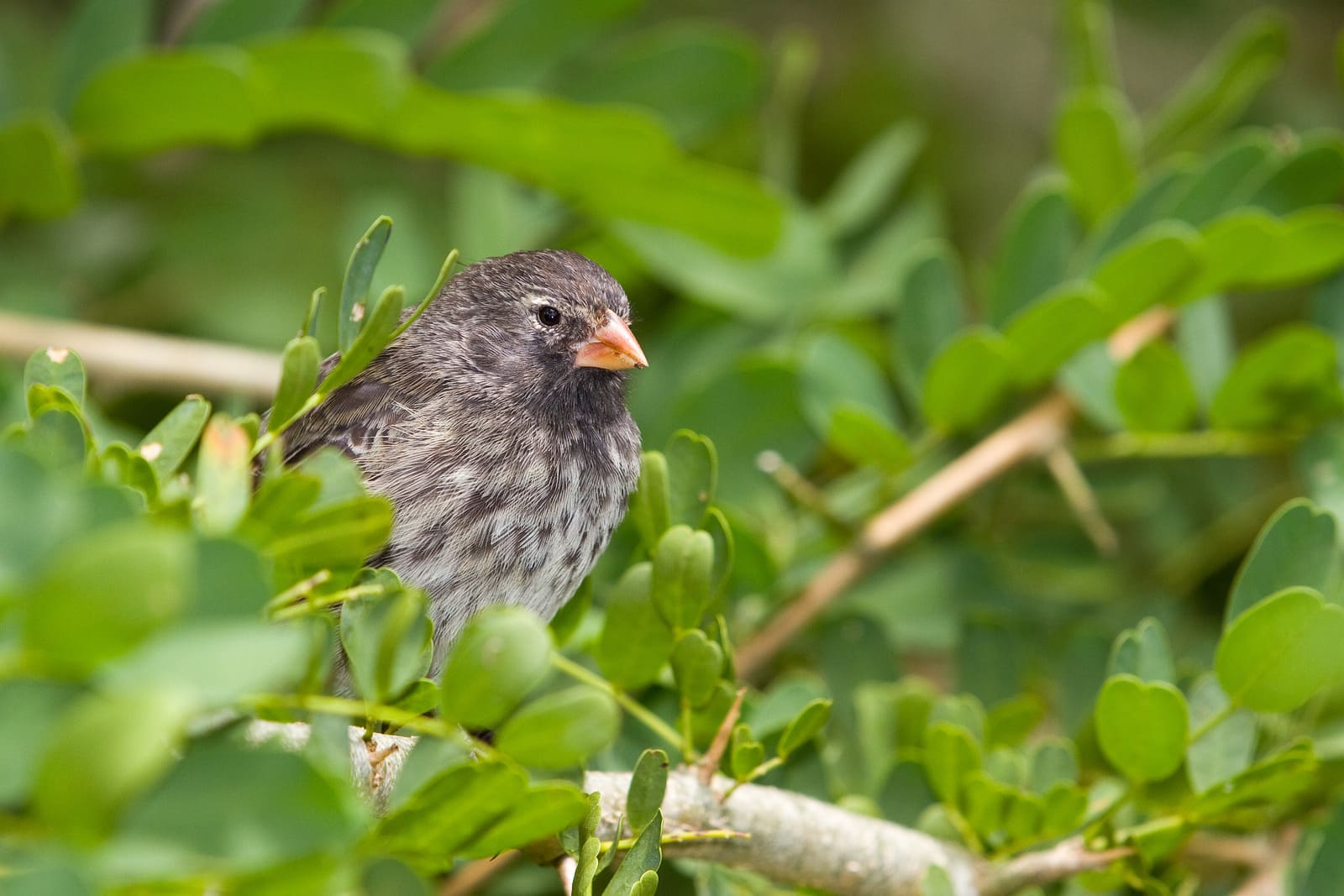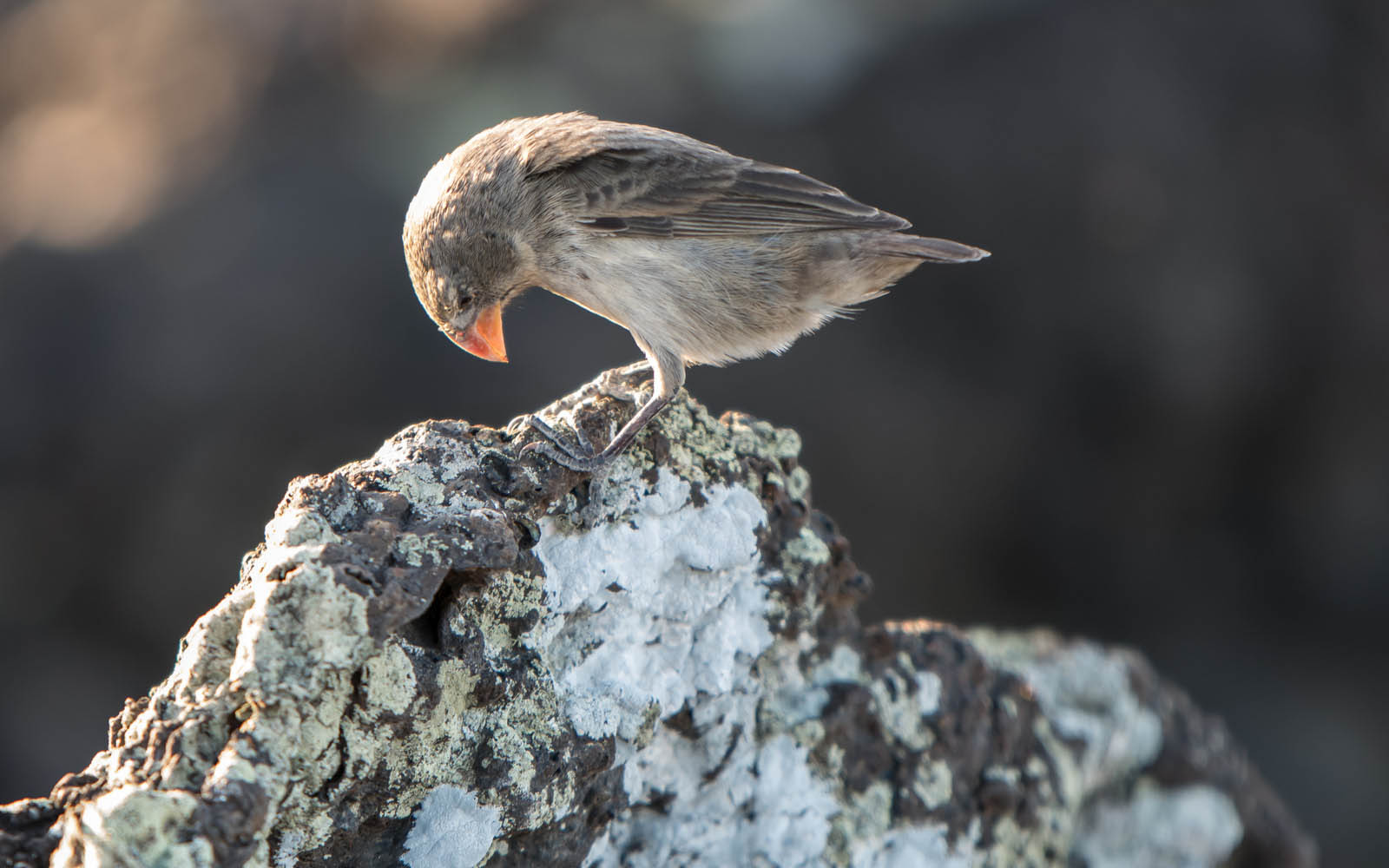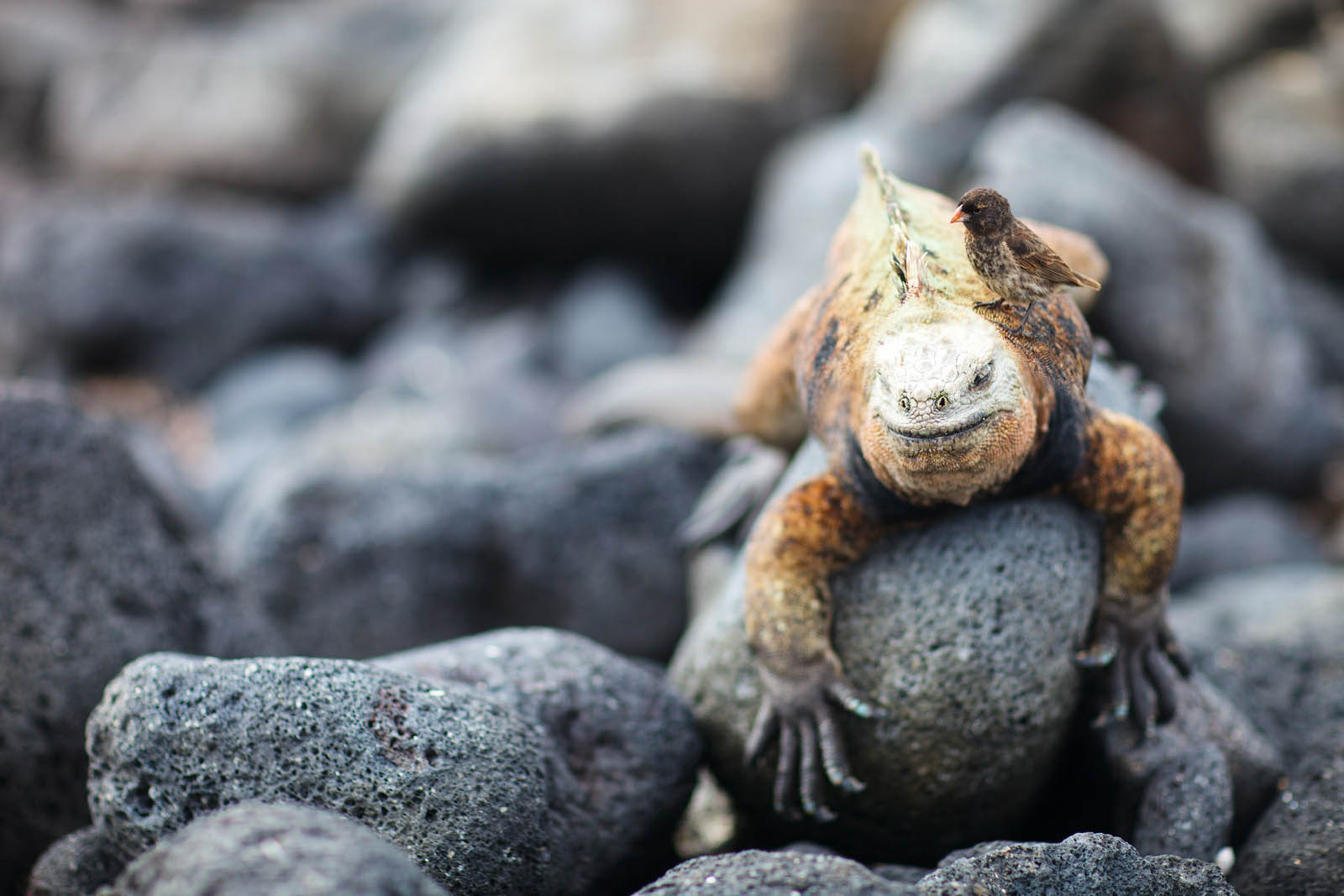Conservation Efforts for Darwin's Finches
Darwin's finches face many threats, like harmful pests and changes in their homes. People are stepping up to help these birds. They're taking steps to protect them and fix the places they live.
Threats to finch populations
Finches in the Galapagos face big problems. New predators that were not there before and sicknesses harm these birds. Their homes are getting destroyed too. This makes it hard for them to live and find food.
There's also an invasive fly called Philornis Downsi that eats baby finches before they hatch. Plus, plants from other places are taking over, pushing out the local ones.
We know about these dangers because scientists have studied the finches a lot. They tell us that these birds need our help to stay around. Right now, they're vulnerable which means they could become very rare or even disappear if we don't act.
Steps taken for conservation and restoration of endangered species
The Galapagos Conservation Trust (GCT) has a pledge to fight for Darwin's finches. They have started to tackle invasive plants and animals threatening these birds. They also protect young finches from predators.
The GCT makes it easy for us all to help out - by adopting a Galapagos animal or joining in on raffles.
We have seen firsthand how this effort helps. By removing harmful invaders, nesting areas are safer for the finches. And by keeping an eye out for threats. They make sure baby finches can grow up healthy and strong.
Every action counts in the fight to save Darwin's finches - together, we're making a difference.
Through volunteering or corporate support, our community grows stronger every day. Our goal is clear: ensure small landbirds in Galapagos thrive long into the future.
Ecotourism and responsible bird watching practices
We understand the importance of ecotourism and responsible bird watching practices in preserving Galapagos finches. Our work focuses on keeping small landbird populations safe for the future.
This includes fighting off invasive species and shielding young birds from dangers. We also know how vital our actions as travelers are to this mission. The Galápagos park fee is distributed amongst several conservation initiatives.
Supporting surveys that keep track of these birds is a key part of being a responsible visitor. Through careful travel habits, we ensure the survival of Galapagos's unique ecosystem.
Support and donation opportunities for conservation efforts.
After exploring ecotourism and how it helps us watch birds the right way, we find more ways to help. You can support the Galápagos Conservancy's hard work. They offer grants and rely on kind folks who donate money to keep going.
You might even adopt a Giant Tortoise! It's true; your money goes where it's needed most.
We've seen how these donations help. There are lots of options like joining as a monthly giver or buying cool Galapagos gear. Every penny supports projects that matter, from saving finches to bringing back habitats.
Leaving something in your will is also a powerful way to make a lasting difference for these amazing islands and their creatures.































